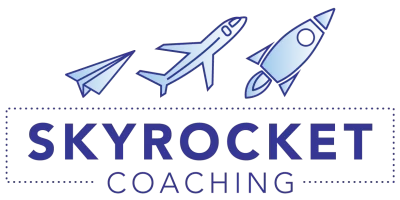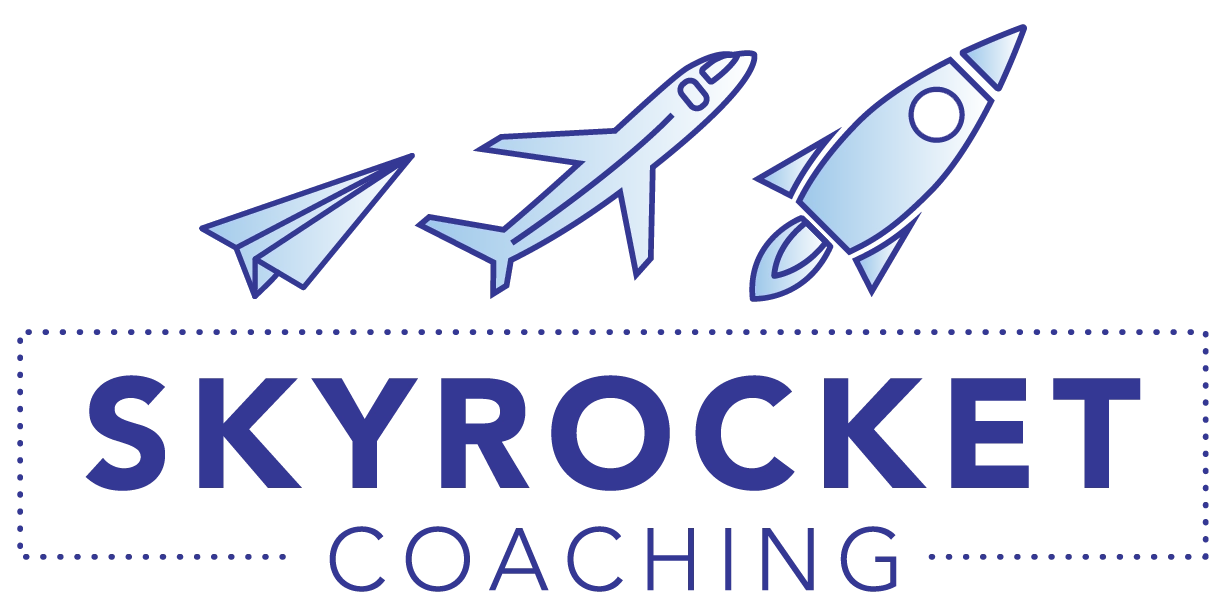Leadership Lessons from the Dragon Boat
“We need someone bossy and loud to be the drummer.”
That’s all I needed to hear. Without hesitation I raised my hand. “Right here.”
And that was the start of my 5-year drumming career with the Agua Libre Dragon Boat team. I mean, being on a team with good friends, meeting new people and devouring every form of noodle available at the Colorado Dragon Boat festival? Yes please.
Some of you may already be familiar with this incredibly fun and cool sport… 22 people in a long, skinny boat. 10 rows of pairs of paddlers, a drummer and stern. 4 boats pulsing at the starting line. All waiting for the starting horn to blare, paddle like hell and get across the finish line first. As the drummer, while you have the best view of the festival, you also have the responsibility of effective leadership, keeping the team synchronized, ensuring the pace is sustainable to finish strong.
Being the drummer turned out to be so much more than being bossy and loud. As I learned about the sport, the art and science of the race, I discovered it was just like effective leadership – syncing your team to a shared strategy and outcome; setting a motivating and sustainable pace; balancing when to push and when to stop.
Reach! It! Out!
The boats are lined up, and at a dead stop in the water. Paddles dug in deep. The teams are silent, focused, ready and pumped for the starting horn to sound. BLAST!! And we’re off! The first 15 strokes are entirely meant to get the boat (and all 22 passengers!) started and lifted up out of the water. The first 5 are slow, getting all this weight moving. The next 5 are faster, working our first push of speed. The last 5 starting strokes are quick and when done well can actually lift the whole front of the boat out of the water – creating the ultimate streamlined start.
After these first 15 race-start strokes, I call for the boat to “Reach! It! Out!” And that means each paddler now adjusts the stroke to be a full “reach and pull” – getting the full strength of each individual which exponentially compounds as a whole team. We are essentially dialing back our pace from start strokes to one that the team can maintain for the duration of the race. This shift prevents gassing out half-way so we have enough in the tank to push us over the finish line.
With effective leadership – when we start a new initiative, or respond to massive change, we must know how to set the pace. As much energy as we gain from the start of something new, it’s not sustainable for the long term. Knowing how and when to direct your team to “Reach It Out” is tricky – you don’t want to stifle that energy, but you also want to be sure they have enough energy, resources, support to finish strong. Effective leadership does this by asking their teams how they are doing, looking for signs of burnout, providing one on one time with each member of the team, creating a safe space for team-members to speak truth to power about what they need to maintain the pace of work and be able to give their best to the team.
Sync! It! Up!
The strongest, fittest team is not guaranteed to be the winning team. The winning team is the team with effective leadership who can synchronize their paddlers with ultimate precision. Only then is strength in any way a factor.
In your 10 benches of paddlers, the first bench and the drummer set the pace. And ideally, all paddlers are punching their paddles into the water at the same time, at the same cadence. If they hesitate at all, even the slightest bit, then you have a cascading effect where the second bench waits for the paddler in front, the next row is a half-beat behind them, and so on. Instead of all paddles in the water at the same time, a hypnotizing caterpillar effect emerges of paddles rippling through the water. Without the power of the consistent push with each precisely timed stroke, it’s hard to adjust the pace of the boat, paddles start clacking against each other and you lose all momentum. And the race.
Synchronicity is only achieved when everyone on the boat has their eyes up, and they are listening and focused on the front row – not just the paddler in front of them. This shows up all the time in organizations. Sometimes it feels like there’s no drummer at all. I’m left doing what I think is best. My team and I will be working like crazy, but missing out on the opportunity to get real momentum by aligning my work with others who are all looking at the same strategy and long-range targets. As leaders, we all need to be drummers – setting a clear, loud, consistent vision of success for the team from the beginning of the race to the finish line.
Dig!! Dig!!! Dig!!!
The last 50 meters of the race are the hardest. Adrenaline can only last so long. The team’s muscles are maxing out, they are gasping for each breath, and their form is starting to slip. That’s when I start calling for the team to DIG. This doesn’t mean speed up, as the team knows. The team has its pace and anyone starting to change tempo from the rest of the boat would drop all of our momentum.
What DIG! means is to DIG deep. DIG for your best form. DIG for synchronicity and focus. DIG to make yourself part of the whole team for these last moments. DIG to give the team all you have. And the team knows when we’re having a great race. Some members start to roar. Others are smiling out of pure exhaustion and joy. Still others dial in their focus and hit a flow that takes them totally out of body. It’s exhilarating to witness from the drummer’s seat. As leaders committed to effective leadership, it’s not about being the “superstar”. The true joy of effective leadership is the privilege to witness this flow of a team at their best.
We cross the finish line knowing we’ve given everything we had to give. The team collapses in their seats. We hold paddles next to the boat to bring us to a stop. Everyone starts to catch their breath. And then the congratulations begin. Seat mates clapping each-other on the back. Sharing kudos. Telling each other what fun the race was and how hard they worked.
In organizations, the pace of the race is delicate to balance – and it turns out to be incredibly important. For effective leadership, you must know when it’s time to ask your team to DIG, when it’s time to stop, and when it’s time to help the team see and acknowledge each other’s accomplishments. After all, we need to rest up so we can be ready to go for the next race.
“Bossy and loud” was the original criteria for getting the job. When you look at a job description for a corporate leader, you’ll see what amounts to “bossy and loud” couched as: “assertive and candid” or “confident and direct”. While these attributes might get you the job, they are surface level only. For effective leadership of a winning team, Dragon Boating taught me that you need to focus on synchronicity, pace and finishing strong. And to take a moment to appreciate the pure rush of winning together.
Search
Popular posts

Popular tags


